Common Mandrake Uses – What Is Mandrake Used For
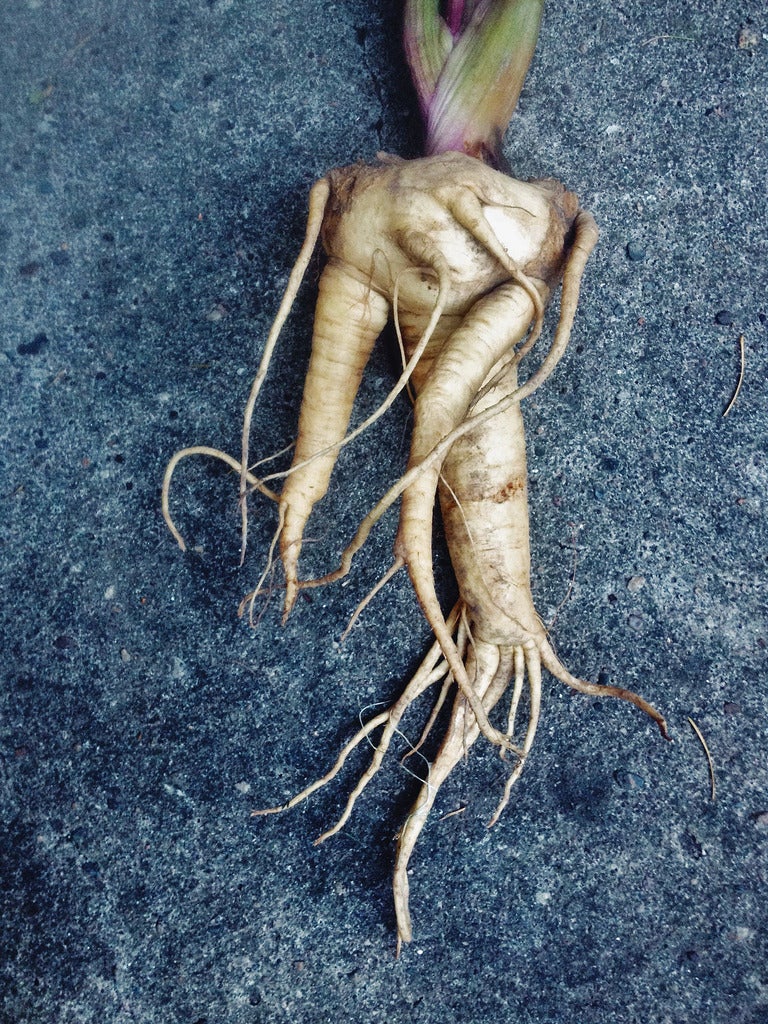

What is mandrake used for? Mandrake plants aren’t widely used today, although herbal mandrake is still used in folk medicine and is studied by people who are interested in the occult or modern witchcraft. Mandrake is a mysterious plant with a long, thick taproot that resembles the human body. At one time, people believed that the mandrake plant would shriek when uprooted, emitting a scream so powerful it could kill the unfortunate person who attempted to harvest the plant.
According to folklore, this fascinating plant was thought to have great powers, both positive and negative. What do you do with mandrake? Let’s explore the many uses for mandrake.
What is Herbal Mandrake?
The mandrake plant consists of a rosette of floppy, oval leaves. White, yellowish-green, or purple, bell-shaped flowers are followed by large, fleshy, orange berries. Native to warm Mediterranean climates, Mandrake doesn’t tolerate cold, wet soil; however, herbal mandrake is sometimes grown indoors or in greenhouses.
Although not widely utilized today, there were once a number of ancient uses for mandrake.
Mandrake Plant Uses
Small quantities of mandrake may produce hallucinations or out-of-body experiences. However, this member of the nightshade family is highly toxic and all parts of the plant can be deadly. The sale of mandrake is prohibited in some countries, and modern uses for mandrake are limited.
Historically, herbal mandrake was thought to have great powers and was used to cure nearly any ailment, from constipation and colic to convulsions. However, there is insufficient evidence regarding mandrake’s uses and effectiveness as herbal medicine.
Centuries ago, however, women believed this bizarre-looking plant could induct conception, and baby-shaped roots were placed under the pillow. Uses for mandrake included predicting the future and offering protection for soldiers going into battle.
Gardening tips, videos, info and more delivered right to your inbox!
Sign up for the Gardening Know How newsletter today and receive a free copy of our e-book "How to Grow Delicious Tomatoes".
Herbal mandrake was also used as a love potion and aphrodisiac. It was widely implemented in religious practices and to drive away evil spirits or poison one’s enemies.
Disclaimer: The contents of this article are for educational and gardening purposes only. Before using or ingesting ANY herb or plant for medicinal purposes or otherwise, please consult a physician, medical herbalist, or other suitable professional for advice.

A Credentialed Garden Writer, Mary H. Dyer was with Gardening Know How in the very beginning, publishing articles as early as 2007.
-
 Looking For Plants To Give You The Soft And Fuzzies? Try These 5 Fuzzy Leaf Plant Options
Looking For Plants To Give You The Soft And Fuzzies? Try These 5 Fuzzy Leaf Plant OptionsLovers of texture, drama, silver foliage and tactile plants will adore these special sensory garden additions. These fuzzy leaf plant options will leave you all aglow
By Susan Albert
-
 Get Ready For A Summer Of Hummers! Grow These Full Sun Hummingbird Plants and Flowers
Get Ready For A Summer Of Hummers! Grow These Full Sun Hummingbird Plants and FlowersIf you’re lucky enough to enjoy a sunny backyard, make sure you are maxing out on your pollinator opportunities and grow these full sun hummingbird plants and flowers
By Tonya Barnett
-
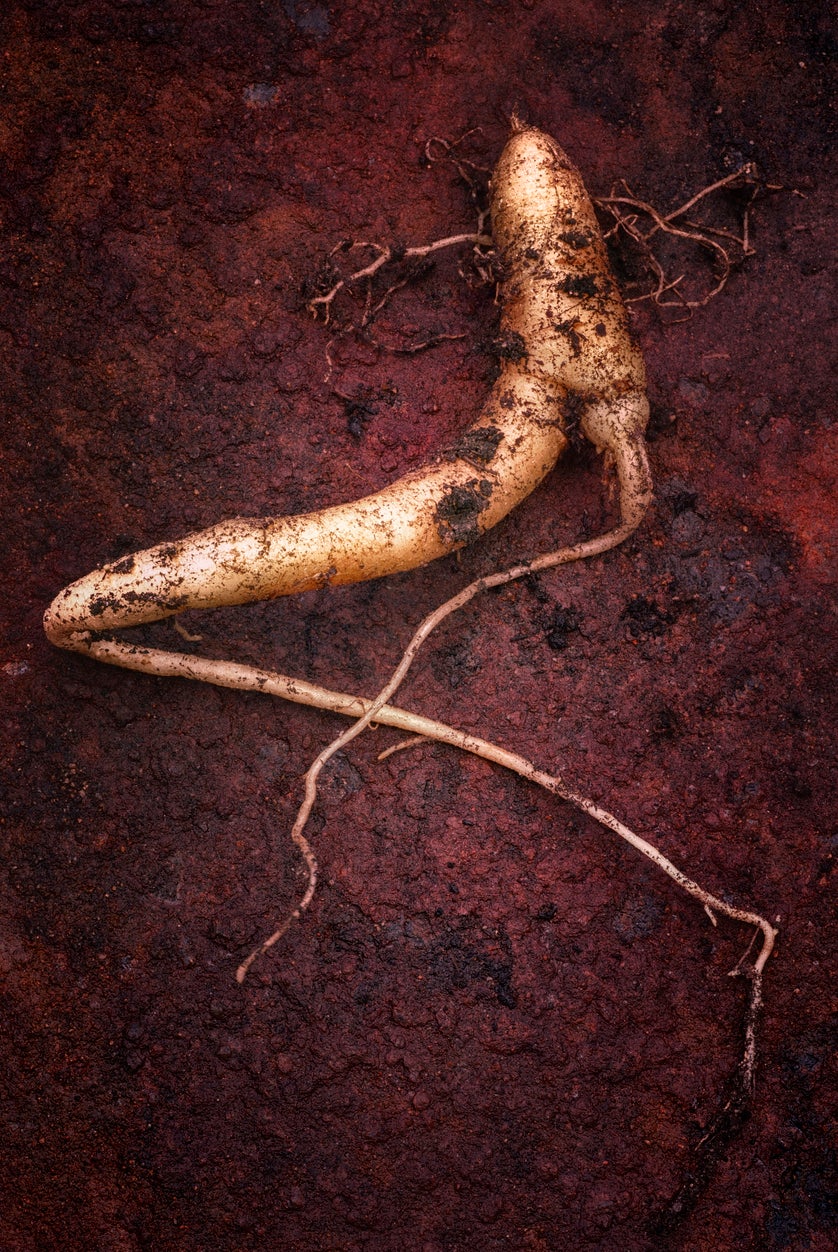 Mandrake Winter Protection – Learn About Mandrake Winter Care
Mandrake Winter Protection – Learn About Mandrake Winter CareMandrake is a plant steeped in history and myth. Although care should be taken, growing mandrake can be a fun way to be a part of history. Mandrake winter care is important to consider, though, before you start growing this Mediterranean native. Learn more here.
By Mary Ellen Ellis
-
 Mandrake Propagation Guide – Tips For Growing New Mandrake Plants
Mandrake Propagation Guide – Tips For Growing New Mandrake PlantsGrowing new mandrake plants is quickest from roots or offsets, but you can also start them from seed. Propagation of mandrake from seed can be a little tricky unless you know a couple of crucial tips. Click this article to learn how to propagate mandrake.
By Bonnie L. Grant
-
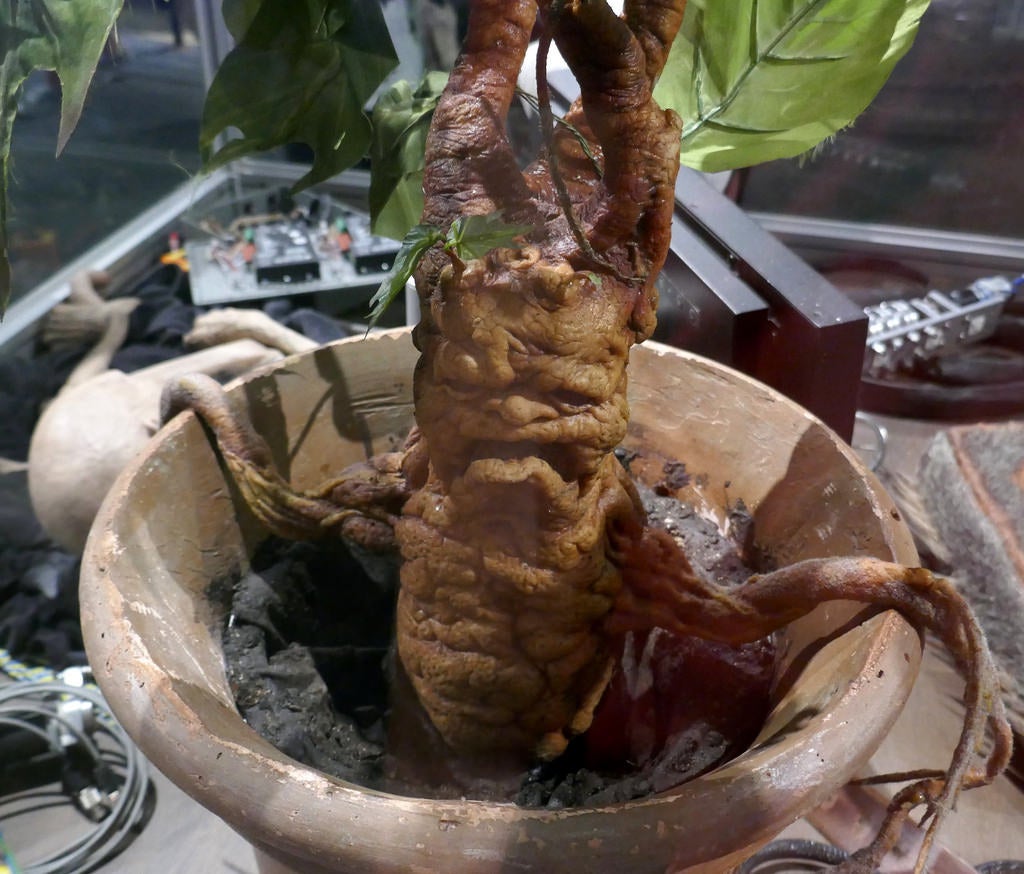 Mandrake History – Learn About Mandrake Plant Lore
Mandrake History – Learn About Mandrake Plant LoreMandragora officinarum is a real plant with a mythical past. Known more commonly as mandrake, the lore generally refers to the roots. Beginning in ancient times, stories have included magical powers, fertility, possession by the devil, and more. Click here for additional info.
By Mary Ellen Ellis
-
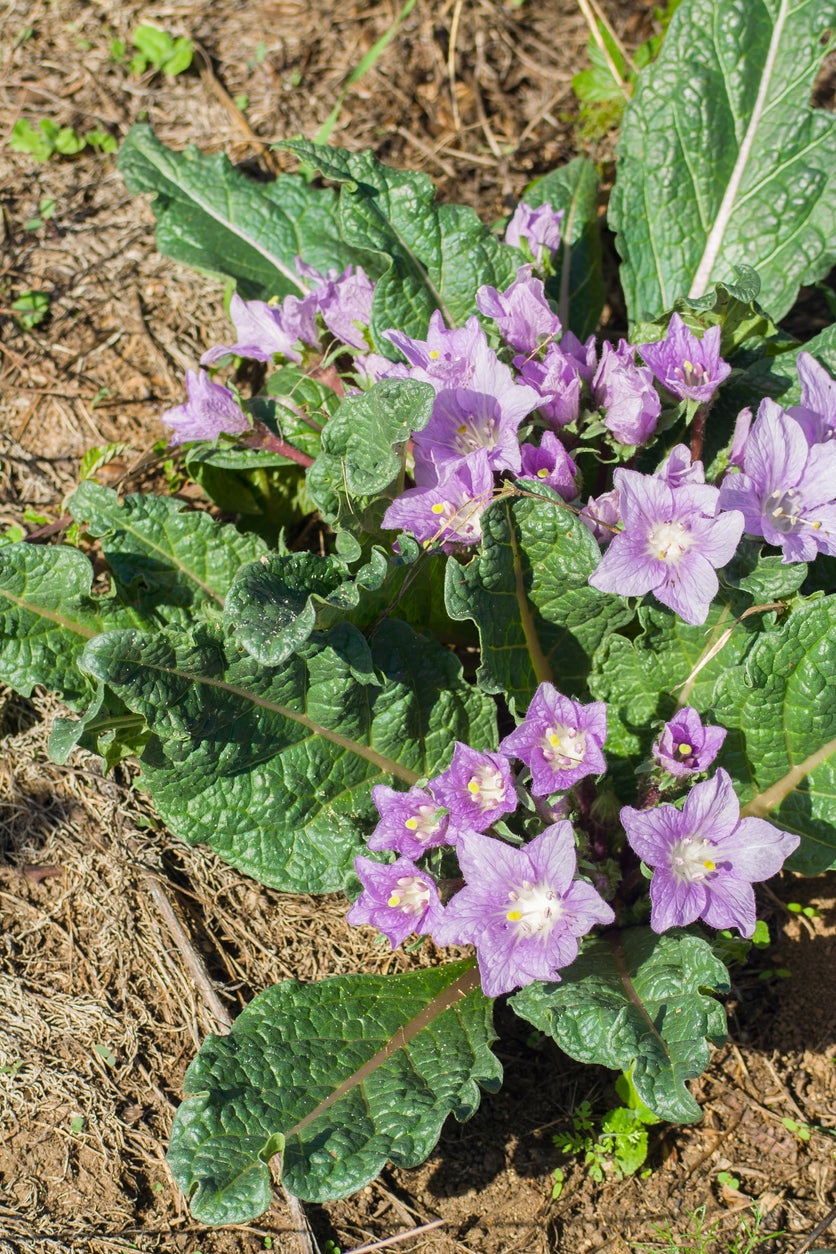 Is Mandrake Poisonous – Can You Eat Mandrake Root
Is Mandrake Poisonous – Can You Eat Mandrake RootFew plants have such a storied history rich in folklore and superstition as the poisonous mandrake. Can you eat mandrake? Ingestion of the plant was once thought to sedate and improve sexual function. Further reading here will help understand mandrake toxicity and its effects.
By Bonnie L. Grant
-
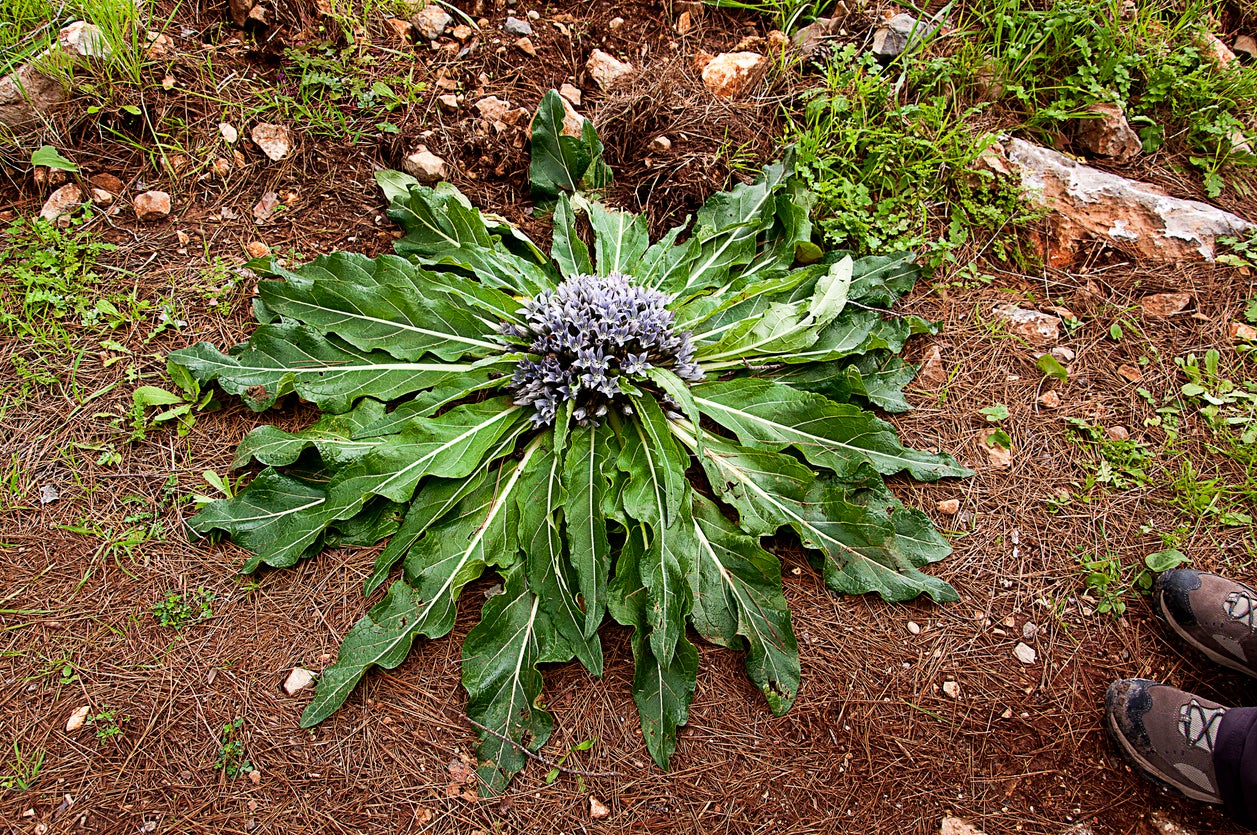 Mandrake Division – How To Divide Mandrake Roots
Mandrake Division – How To Divide Mandrake RootsGrowing mandrake is a way to add history and myth to your garden. Mandrake division is one way to propagate this plant, but the roots are sensitive to disturbance, so it must be done with care. This article will help get you started with mandrake division in the garden.
By Mary Ellen Ellis
-
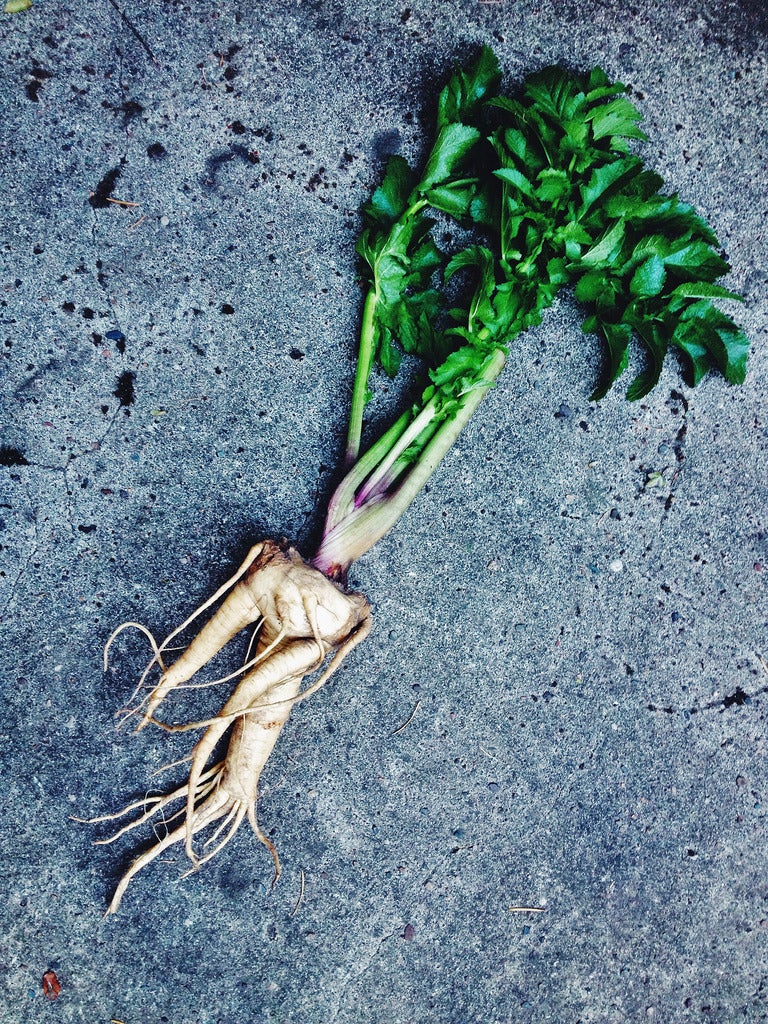 Mandragora Plants – Growing Mandrake Plant Varieties In The Garden
Mandragora Plants – Growing Mandrake Plant Varieties In The GardenIf you are interested in growing mandrake, there is more than one type to consider. There are several mandrake varieties, as well as plants called mandrake that are not from the same Mandragora genus. Want to learn more? Click this article for additional information.
By Mary Ellen Ellis
-
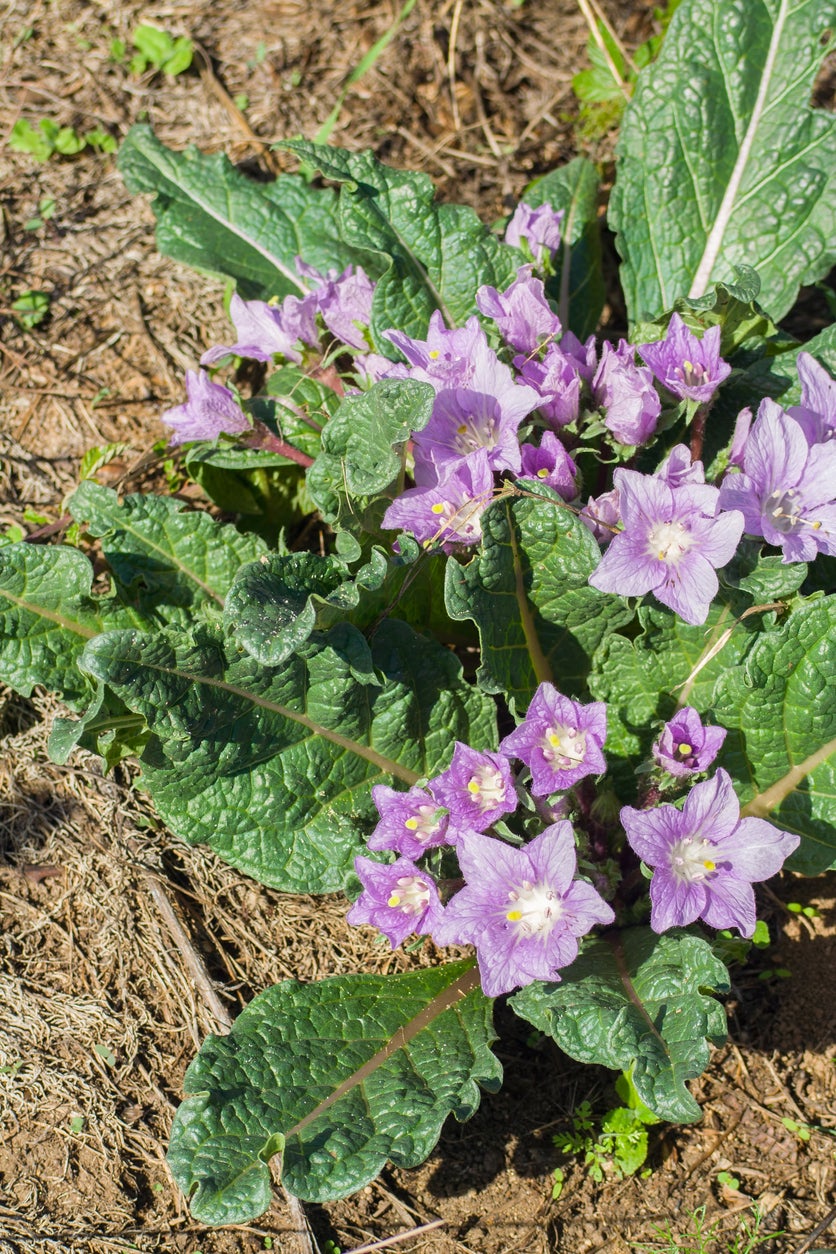 Mandrake Irrigation Guide – Learn How To Water Mandrake Plants
Mandrake Irrigation Guide – Learn How To Water Mandrake PlantsThere is no denying that the mandrake is quite the interesting and mythical plant. With proper care, like watering, this dark (yet beautiful) plant will produce vibrant dark green foliage and elegant white and pink-purple blooms. This article will help with that.
By Tonya Barnett
-
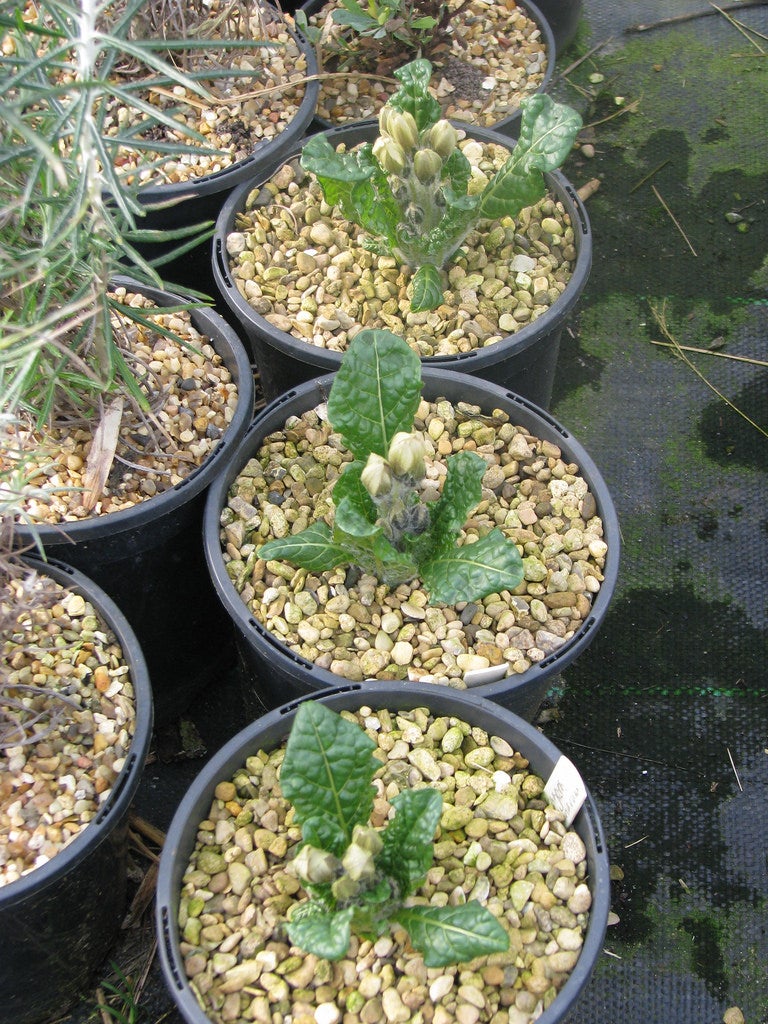 Potted Mandrake Care: Can You Grow Mandrake In Planters
Potted Mandrake Care: Can You Grow Mandrake In PlantersWhile legends of screaming plant roots may sound terrifying to some, this petite flower is a beautiful addition to ornamental containers and flower plantings. Click on the following article for tips on caring for container-grown mandrake plants.
By Tonya Barnett